Images: Magnificent Geological Formations of the American West

Granite dome
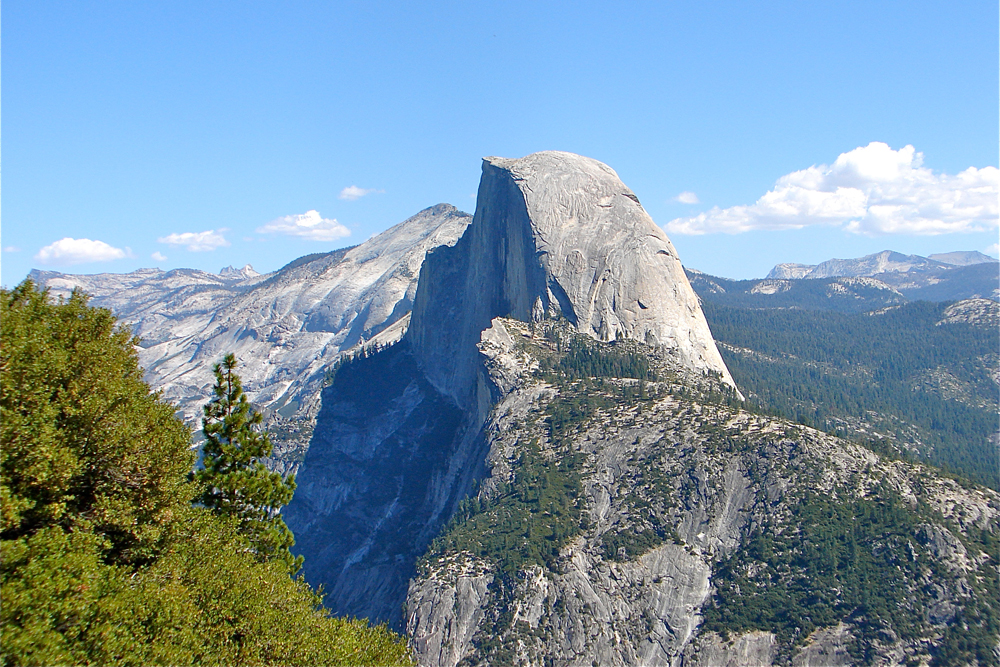
A granite dome is a dome-shaped mountain or hill of granite that has eroded in concentric layers, resulting in a rounded dome shape. They are also known as exfoliation domes and are a common feature in the American West, especially in the Sierra Nevada Mountains of California. The feature above is known as Half Dome and is located in Yosemite National Park. The crest of Half Dome has an elevation of 8,840 feet (2,694 m) and sits some 4,737 feet (1,444 m) above the Yosemite Valley floor.
Cinder cones
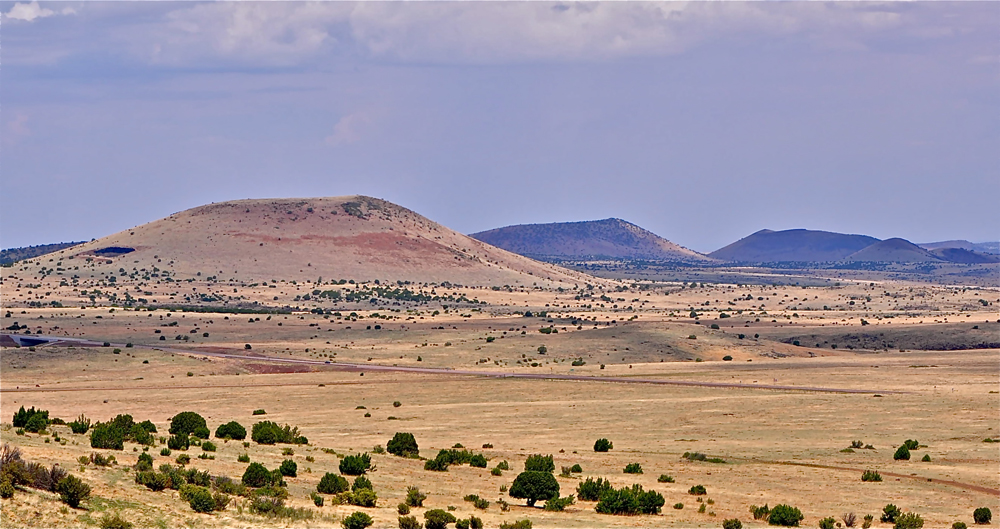
Cinder cones are a common feature of the landscape of the American West. They are the simplest type of volcano built from particles of lava that have been ejected from a single, volcanic vent. Most cinder cones have a bowl shape crater at the summit and are usually no more than a thousand feet (about 300 m) above their surrounding landscape. The picture above shows a series of cinder cones found in the Springerville Volcanic Field of northeastern Arizona that consists of 405 volcanic vents scattered over 1,200 square miles (3,000 square kilometers), making it the third largest volcanic field in the continental United States.
Volcanic plugs
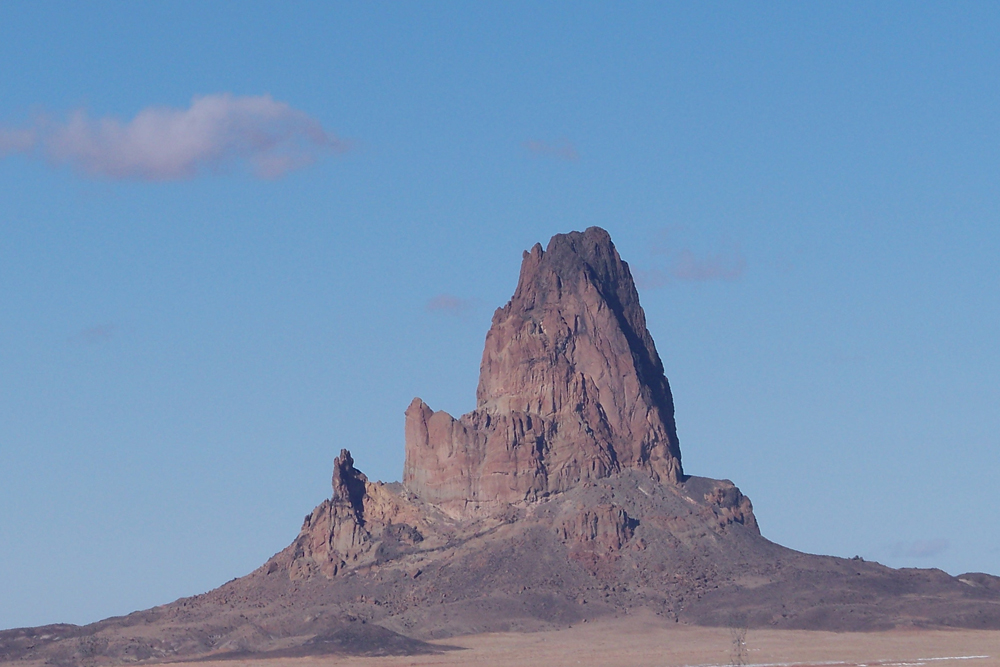
Volcanic plugs are formed when molten magma solidifies in the pipe or neck of an active volcano. Over time the agents of erosion wear the softer surrounding sediments of the volcanic cone away. The volcanic plug shown here is Agathla Peak, also known by the nickname "El Capitan" due to it location just south of Monument Valley, Utah. It is composed of volcanic breccia thought to be some 25 million years old. This volcanic plug rises some 1,500 feet (457 meters) above the surrounding high desert plains.
Gooseneck
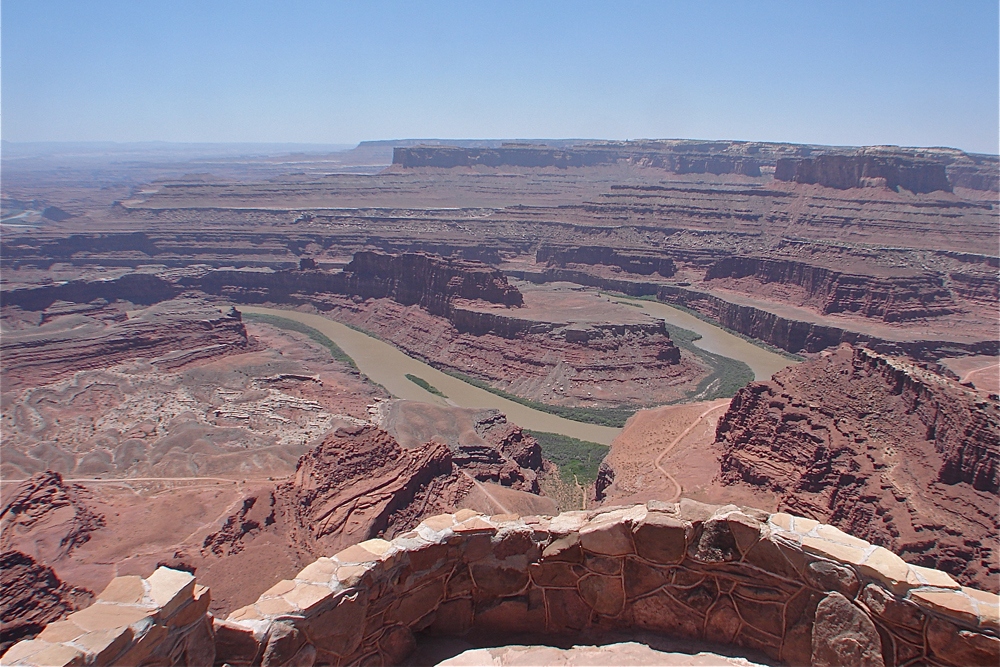
A gooseneck is a common name for a rare geological formation known as an entrenched meander. A gooseneck is originally formed when a river flows over a flat plain and lazily loops back on itself. When the plain begins to rise, the river begins to flow more quickly and cuts deeper into its ancient streambed. The picture above is of a gooseneck on the Colorado River as seen from Dead Horse Point State Park, Utah.
Anticlines & synclines
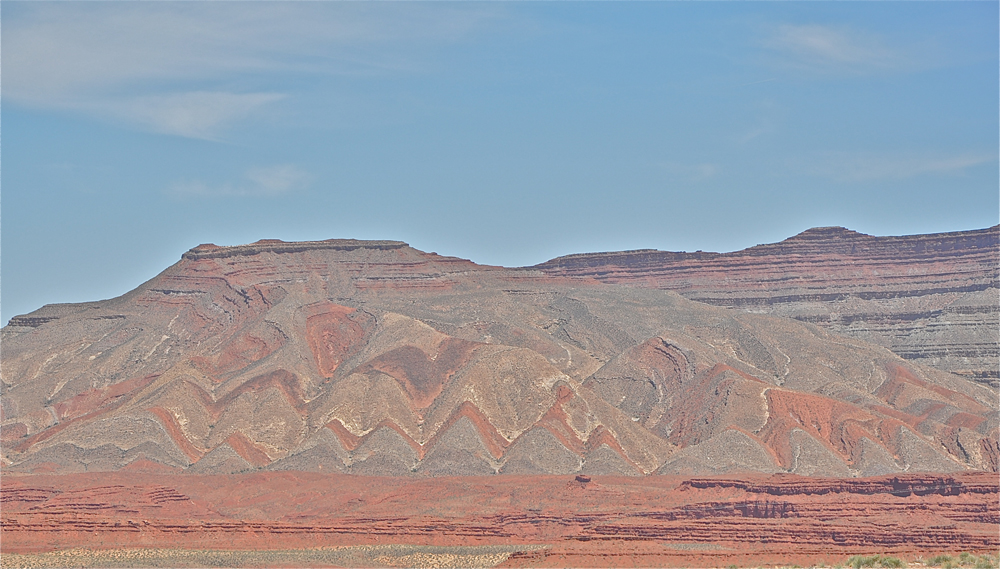
Anticlines and synclines are commonly seen rock formations in the canyons of the West. They are visual testaments to the incredible mountain building forces that shaped this land. An anticline is a convex fold in which the rock typically slopes upward. The oldest of rocks in an anticline are at its core. Pictured above is the Raplee Anticline located near Mexican Hat, Utah. This is a sandstone formation deposited on a coastal plain near a shallow seaway during the Late Pennsylvanian time (70 million to 50 million years ago).
Syncline
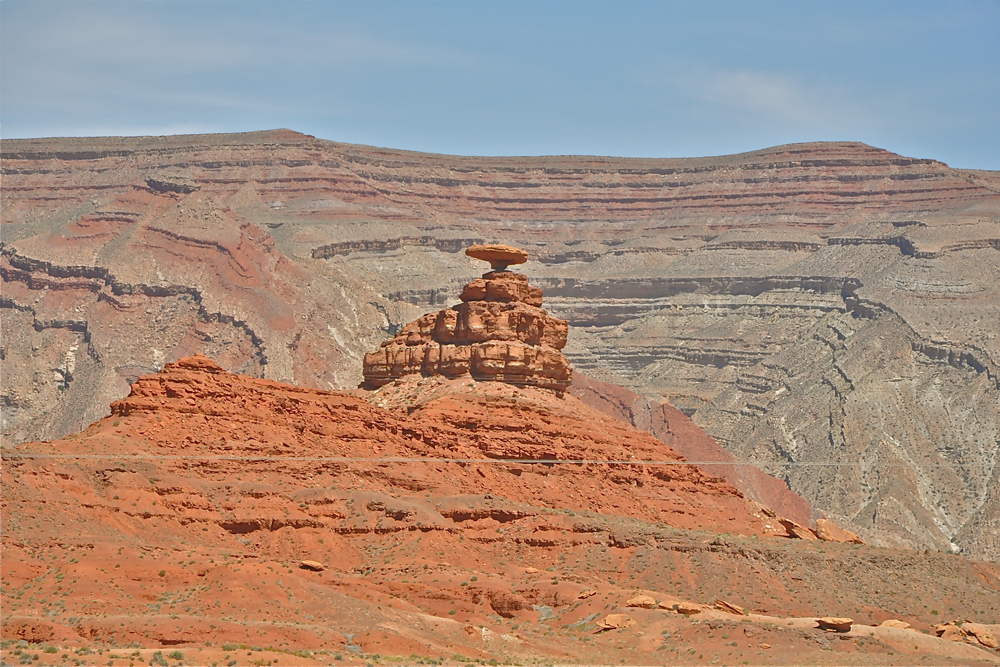
A syncline is typically a concave fold in which the rock slopes downward. In a syncline the youngest of rocks are found near the center of the fold. The photo shows the balance rock known as Mexican Hat with the Mexican Hat Syncline showing in the background. The Mexican Hat Syncline lies parallel to the Raplee Anticline along the San Juan River in southern Utah.
Canyonlands
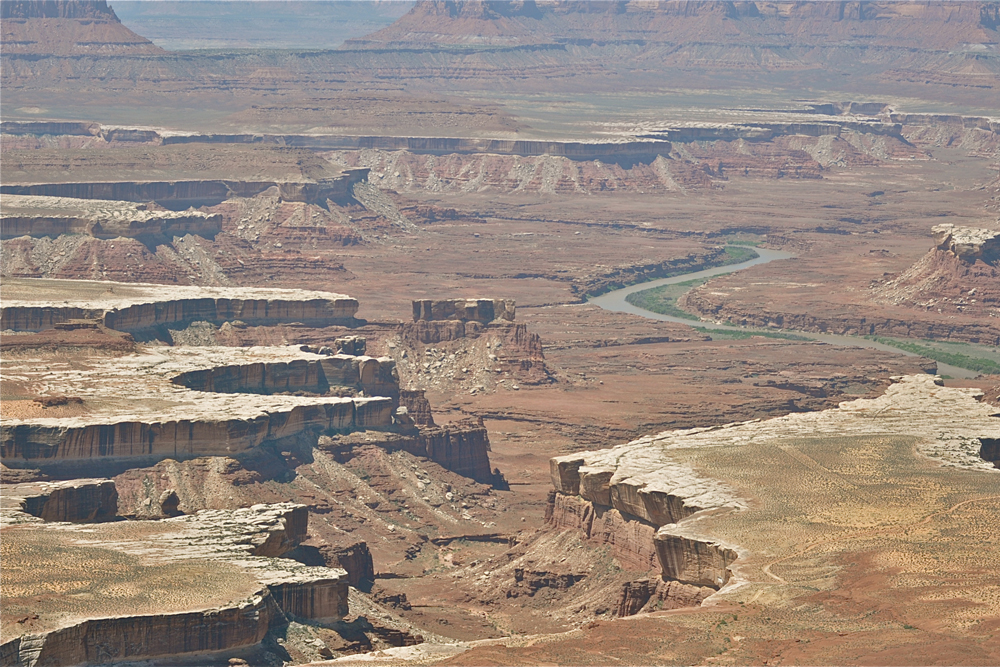
Canyonlands are often described as deeply eroded landscapes made up of steep walled valleys with small valley floors and extensive outcropping of bedrock formed into cliffs, ledges or steep slopes. Canyonlands typically have sparse vegetation and the action of the forces of erosion is extensive. Shown above is a single view of one of the thousands of canyons found in Canyonlands National Park, Utah. The Green River flows through this beautiful panorama.
Get the world’s most fascinating discoveries delivered straight to your inbox.
Go West

The many geological formations found across the American West have formed a landscape of harsh terrains and yet great beauty. It is a land best seen by foot or horseback, but driving through it is better than not seeing it at all. It is a vast land that cannot be seen in a single trip, so the need to visit over and over again is one of life's great possibilities. "Go West, young man, go West," was good advice thought to have been first given by journalist John B.L. Soule in an editorial for the Terra Haute Express in 1851. It was good advice then and certainly good advice today, to see and discover the American West. Shown above is Weaver's Needle, fused volcanic ash that has been heavily eroded into a spire, found in the Superstition Wilderness of the Tonto National Forest, Ariz.


